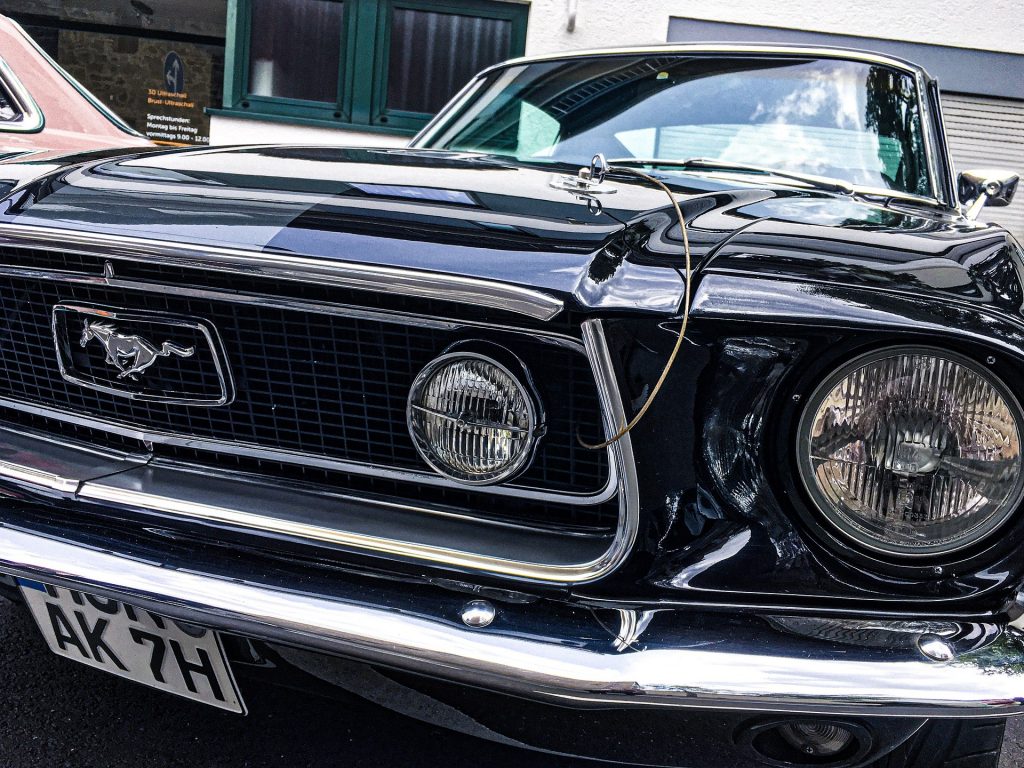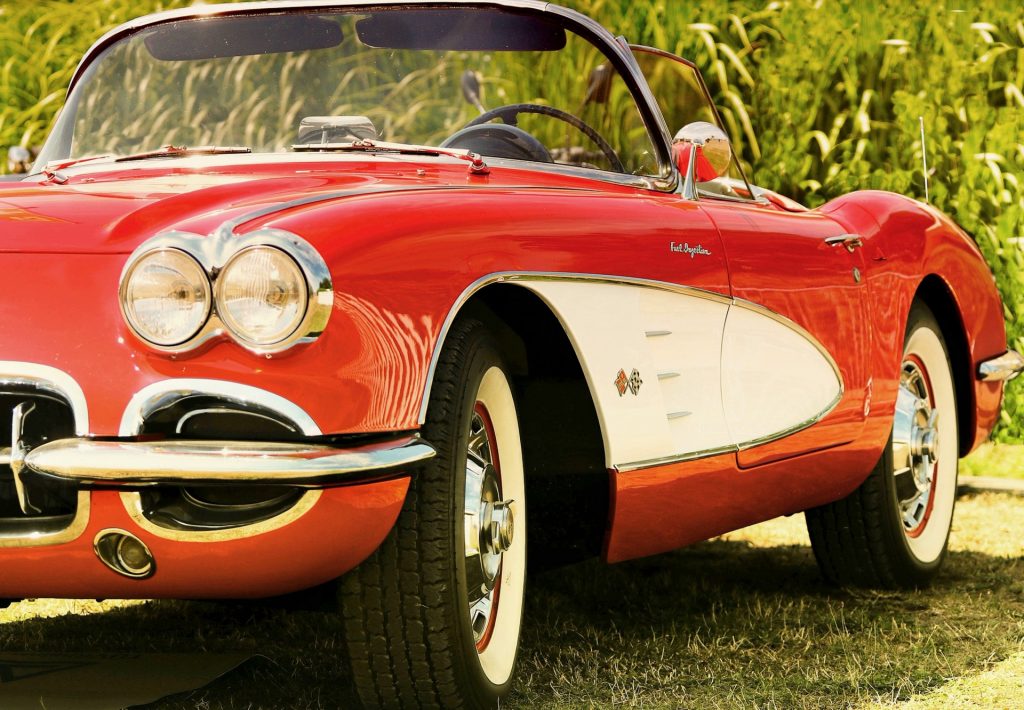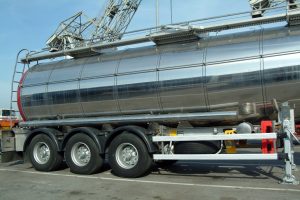Summary
Powertrain: engine characteristics
Difference between internal combustion engine and electric motor
Car transmission: types of gearboxes
Brake components
Vehicle steering: power assisted, electric, hydraulic…
Undercarriage: suspension elements
The automobile is present at every second in our lives, but is nevertheless a mysterious and opaque technological field. To understand how it works, this post reveals some of the key elements here.
Powertrain: engine characteristics
The engine is the fundamental element of the vehicle. Its main operating characteristics are defined by:
Power expressed in kilowatts (kW) or horsepower (hp). The power is at its maximum around the maximum engine speed, which results in high fuel consumption;
The engine torque in newton-metres (N.m). It is generally linked to optimum combustion and is at its maximum between one third and one half of maximum engine speed; it is then synonymous with maximum efficiency and therefore reduced fuel consumption.
Engine efficiency: as previously mentioned, it is optimal when the torque is at its maximum. It is the ratio between the potential energy of the fuel injected into the engine and the actual energy transformed into mechanical energy to move the vehicle. It is more or less 30% (out of 10 liters of petrol injected into the engine, only three liters are used to move the car forward, the rest being dissipated as heat or exhaust gases).
Difference between the internal combustion engine and electric motor

There are 2 sources of energy to run a motor:
1. Thermal energy concerns the majority of engines in current vehicles on the road. It transforms chemical energy (oxygen in the air + fuel) into calorific energy (combustion in the engine), itself transformed into a pressing force to move the engine piston, which transmits the movement to the wheels.
2. Electrical energy: this is the future of the automobile; today, several technologies are being studied to supply this energy that powers the car’s electric motor: hydrogen, supercapacitors, and currently the most advanced, battery power supply. These batteries are discharged during acceleration and recharged during braking, making it possible to transform the car’s kinetic energy into electrical energy.
Good to know: the hybrid engine combines the two sources of energy, thermal and electric.
Transmission of the car: types of gearboxes
The gearbox is present on internal combustion vehicles, it is a necessary transmission element because of the limited useful range of the engine speed.
It is associated with a clutch which allows the progressive coupling of the engine and the input shaft (primary shaft) of the gearbox to transmit the torque and the speed of rotation of the wheels necessary to set the vehicle in motion.
There are 4 types of gearboxes:
| 4 types of gearboxes: | |
|---|---|
| Manual gearbox | Torque and gear ratios, as well as reverse gear, are selected by the gear lever operated by the driver, who must disengage the clutch at the same time. |
| Automatic transmission | It does not require the driver’s intervention, as the gears are changed by an automated hydraulic system. |
| Robotic box | – device which can either be controlled by the driver or managed by an electronic control unit. – in automatic mode, the latter controls the clutch and gearshift actuators to auto-adapt the gears according to traffic conditions. |
| Continuously Variable Transmission (CVT) | – Made up of 2 pulleys connected by a belt, it is managed by an electronic computer. – It offers the driver the possibility of being used in automatic or manual mode. |
Note: if your car requires transmission repairs, you can call Xtreme Motor Works.
Brake components
Each vehicle has a braking system to stop and immobilize the vehicle. A distinction is made between different elements:
The braking system of a car
Service brake: it is a hydraulic system: actuated by the brake pedal, it receives pressure from a brake pump (master cylinder) which activates the receptors at the wheels; two different systems can equip these:
– Drum systems: a device consisting of shoes fitted with linings which are compressed on the inner part of one drum per wheel to brake the vehicle.
– The discs – pads: this system progressively replaces the drums, the pads press on each side the discs to brake the vehicle (transforming the kinetic energy of the car into calorific energy).
Parking brake
– Used to stop the vehicle when it is off the road or for hill starts.
– Designed to lock the wheels of the vehicle when stationary.
– Operated by the driver using a handle usually located between the 2 front seats. It is a mechanical system (usually by cables), although it can be electrically assisted.
Brake assist
Anti-lock braking system (ABS)
– Electronically managed active safety system, which in the event of emergency braking, prevents the wheels from locking, thus maintaining directional control of the vehicle.
– It acts by means of successive pulse braking actions.
Vehicle steering: power-assisted, electric, hydraulic…
The steering of a vehicle is ensured by a set of components. To steer the vehicle easily, it is equipped with a steering wheel controlled by the driver. Formerly in direct contact with the wheels, the effort to steer the wheels and manoeuvre is now reduced thanks to power steering.
There are several types of steering:
– Hydraulic steering: consisting of a hydraulic pump driven by the engine, and a power cylinder, it reduces the driver’s effort;
– Electric steering: driven by an electric motor, which controls the steering wheel;
– Electro-hydraulic steering: an electric motor drives the hydraulic pump, which acts on the power cylinder;
– Variable steering: can be both hydraulic and electric, depending on vehicle model.
Undercarriages: the suspension elements
The suspensions are located at the end of the axles. They reduce vibrations due to road imperfections, increase comfort and road holding.
There are 4 different types of suspensions
1. Spring-loaded: these are coil springs, the most common suspensions being MacPherson
2. Torsion bar: in the form of a steel bar connected at its ends to the frame and the suspension arms; elasticity is ensured by the twisting or torsion of the metal bar.
3. Air suspension: a gas (air or nitrogen) is combined with a pressurized liquid to ensure the elasticity of the system (used on Citroën’s top-of-the-range models and large luxury limousines).
4. Bladed: with leaf springs consisting of several superimposed leaves of different lengths (mainly used for commercial vehicles)
There are three types of leaf springs:
– leaf springs with parabolic ends,
– straight blades,
– trapezoidal blades.
Good to know: if your car requires maintenance you can call Xtreme Motor Works in Kissimmee.
So, that’s it! A small guide to help you understand the automotive parts. Hope the above has enriched your knowledge about cars. Remember to leave your comments below.




